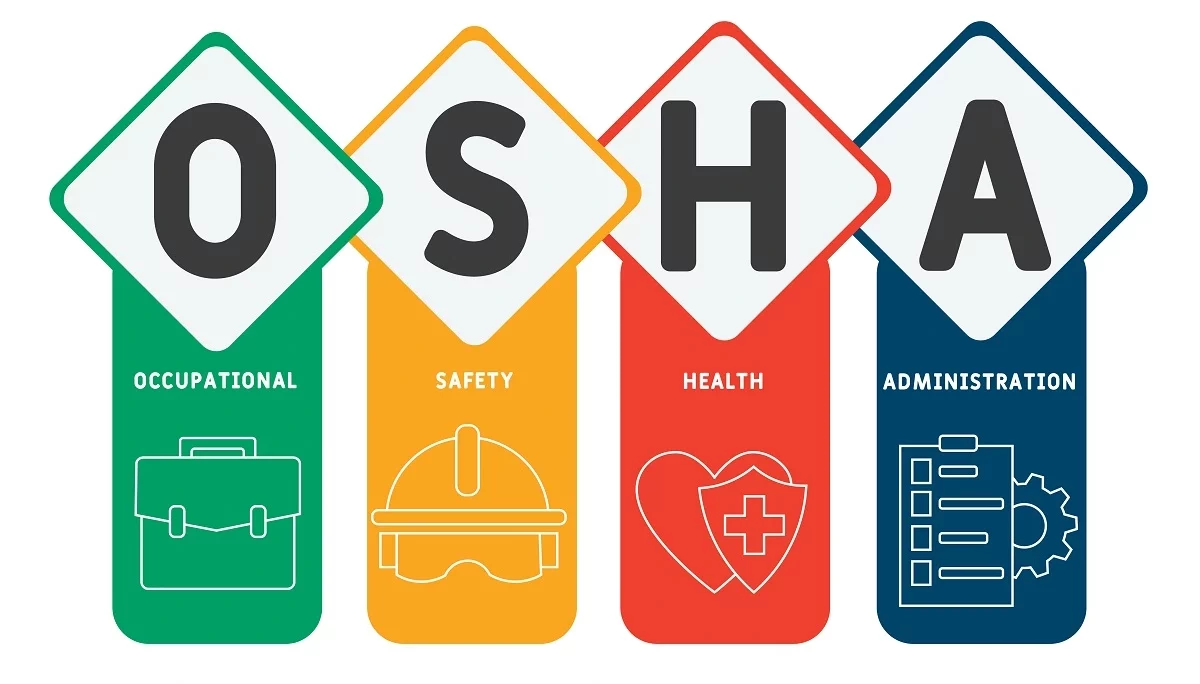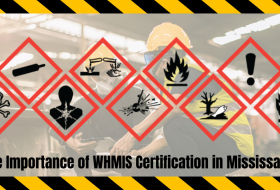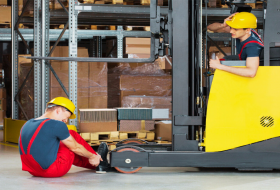Workplace safety is of paramount importance for both employers and employees. Establishing a safe work environment not only protects workers from accidents and injuries but also helps businesses comply with the Occupational Safety and Health Administration (OSHA) regulations. OSHA is a federal agency dedicated to ensuring safe and healthy working conditions for employees across various industries. By following OSHA guidelines, employers can create a workspace that is compliant with regulations and prioritizes the well-being of their workforce. In this article, we will discuss how to prepare your workspace to be OSHA compliant and maintain a high standard of workplace safety.
1. Familiarize Yourself with OSHA Regulations: The first step towards creating an OSHA compliant workspace is to familiarize yourself with OSHA regulations relevant to your industry. OSHA provides comprehensive guidelines and standards tailored to specific sectors. By understanding these regulations, you can identify potential hazards in your workplace and take appropriate measures to mitigate them.
2. Conduct a Workplace Safety Audit: Performing a thorough workplace safety audit is crucial to identify potential hazards and non-compliance issues. Start by assessing your workspace and its various components, such as equipment, machinery, and workstations. Look for any potential physical hazards, electrical hazards, or ergonomic risks. Document your findings and prioritize areas that require immediate attention.
3. Develop a Written Safety Program: OSHA mandates that employers develop a written safety program that outlines policies, procedures, and responsibilities related to workplace safety. This program should be tailored to your specific workplace and cover topics such as hazard communication, emergency response, personal protective equipment (PPE), and employee training. Ensure that the safety program is easily accessible to all employees.
4. Establish an Effective Hazard Communication System: An effective hazard communication system is essential for informing employees about potential hazards in the workplace. This system includes labeling of hazardous substances, safety data sheets (SDS) that provide information about chemical hazards, and training programs to educate employees on how to handle hazardous materials safely.
5. Provide Adequate Personal Protective Equipment (PPE): Personal Protective Equipment is vital for protecting employees from workplace hazards. Assess the specific PPE requirements for your workplace and provide appropriate equipment such as safety goggles, gloves, helmets, and respiratory protection. Train employees on the proper use, maintenance, and storage of PPE.
6. Implement Regular Equipment Maintenance and Inspections: Regular maintenance and inspections of forklift equipment are crucial for preventing accidents and ensuring compliance with OSHA regulations. Develop a maintenance schedule and promptly address any identified issues. Document all inspections and repairs to demonstrate compliance with OSHA standards.
7. Train Employees on Safety Procedures: Proper training is key to maintaining a safe workplace. Conduct regular safety training sessions for employees to educate them on potential hazards, safe work practices, emergency procedures, and the proper use of equipment. Document the training sessions and keep records of employee participation.
8. Encourage Reporting of Unsafe Conditions: Create an environment where employees feel comfortable reporting unsafe conditions or potential hazards. Establish a reporting system that allows employees to anonymously report concerns. Act promptly on these reports and address any identified issues to ensure a safe working environment.
9. Regularly Review and Update Safety Policies: Workplace safety is an ongoing process. Regularly review and update your safety policies and procedures to ensure they remain effective and compliant with changing regulations. Stay informed about new OSHA standards and adjust your practices accordingly.
10. Conduct Internal Safety Audits: Periodically conduct internal safety audits to assess the effectiveness of your safety program and identify areas for improvement. These audits can help you proactively address any non-compliance issues before they become more significant problems.
11. Conduct Regular Safety Meetings: In addition to providing initial safety training, hold regular safety meetings or toolbox talks to address specific safety concerns, provide updates on safety procedures, and reinforce safe work practices. These meetings can serve as a platform for open communication and feedback regarding safety issues.
12. Create an Emergency Action Plan: Develop a comprehensive emergency action plan that outlines procedures for various emergency scenarios such as fires, natural disasters, chemical spills, or medical emergencies. Ensure that all employees are familiar with the plan, conduct drills periodically, and clearly post evacuation routes and emergency contact information throughout the workspace.
13. Prevent Workplace Violence: OSHA considers workplace violence a serious safety issue. Implement measures to prevent and address workplace violence, including establishing a zero-tolerance policy, conducting risk assessments, providing employee training on recognizing and reporting warning signs, and implementing security measures such as surveillance cameras and access control systems if necessary.
14. Manage Ergonomic Hazards: Ergonomic hazards can lead to musculoskeletal disorders and workplace injuries. Evaluate workstations, equipment, and tasks to identify ergonomic risks and implement ergonomic solutions. This may include providing adjustable chairs, ergonomic keyboards, proper lighting, and encouraging regular breaks and stretching exercises.
15. Control Hazardous Energy: Implement lockout/tagout procedures to control hazardous energy during equipment maintenance or servicing. Train employees on proper lockout/tagout procedures to prevent accidental energy release and ensure that equipment is properly de-energized and isolated before maintenance or repairs.
16. Properly Store and Handle Hazardous Materials: If your workplace handles hazardous materials, ensure that they are properly stored, labeled, and handled in compliance with OSHA’s Hazardous Communication Standard (HCS). Provide appropriate storage containers, ventilation systems, spill response kits, and train employees on safe handling procedures.
17. Address Fall Hazards: Falls are a leading cause of workplace injuries. Identify areas with fall hazards such as uneven surfaces, unprotected edges, or elevated work areas, and implement appropriate fall protection measures, including guardrails, safety harnesses, or personal fall arrest systems.
18. Manage Electrical Safety: Electrical hazards pose significant risks in many workplaces. Ensure that electrical systems are properly installed, grounded, and maintained. Provide training on electrical safety, including the identification of potential electrical hazards, safe work practices, and the use of personal protective equipment when working with electricity.
19. Document and Retain Safety Records: Maintain accurate records of safety training, inspections, incidents, and safety-related policies. Retain these records as required by OSHA regulations. These records can serve as evidence of compliance during OSHA inspections and help identify areas for improvement in your safety program.
20. Seek Professional Assistance: If you’re unsure about specific OSHA requirements or need help developing a comprehensive safety program, consider consulting with safety professionals or hiring an OSHA compliance consultant. They can provide expert guidance tailored to your industry and help ensure that your workspace meets OSHA regulations.
In conclusion, preparing your workspace to be OSHA compliant is essential for maintaining workplace safety and protecting the well-being of employees. By familiarizing yourself with all the rules and regulations, you can create a safe and compliant work environment. Contact Wisdom Forklift Training for all kinds of forklift training and certification programs.




